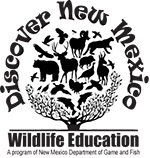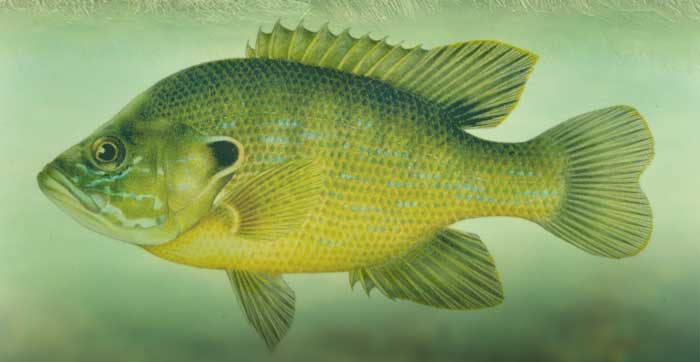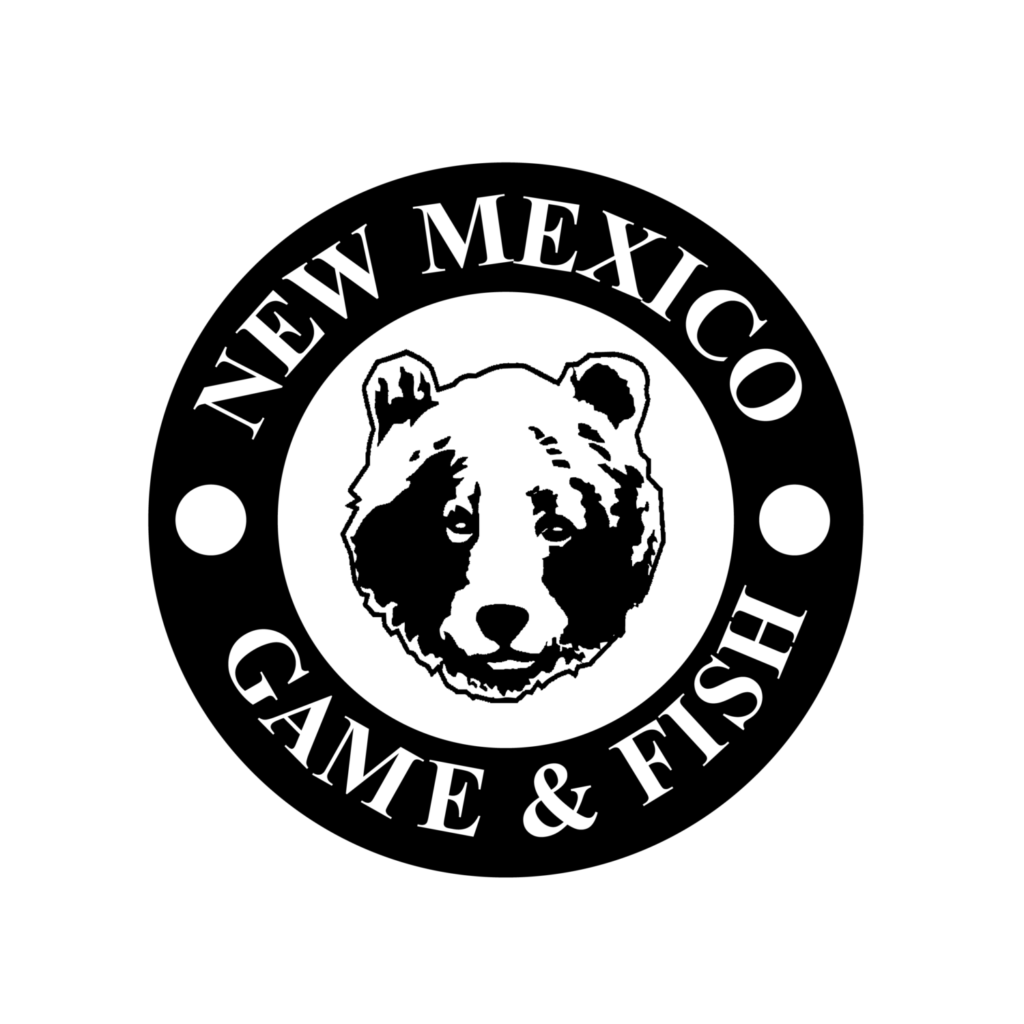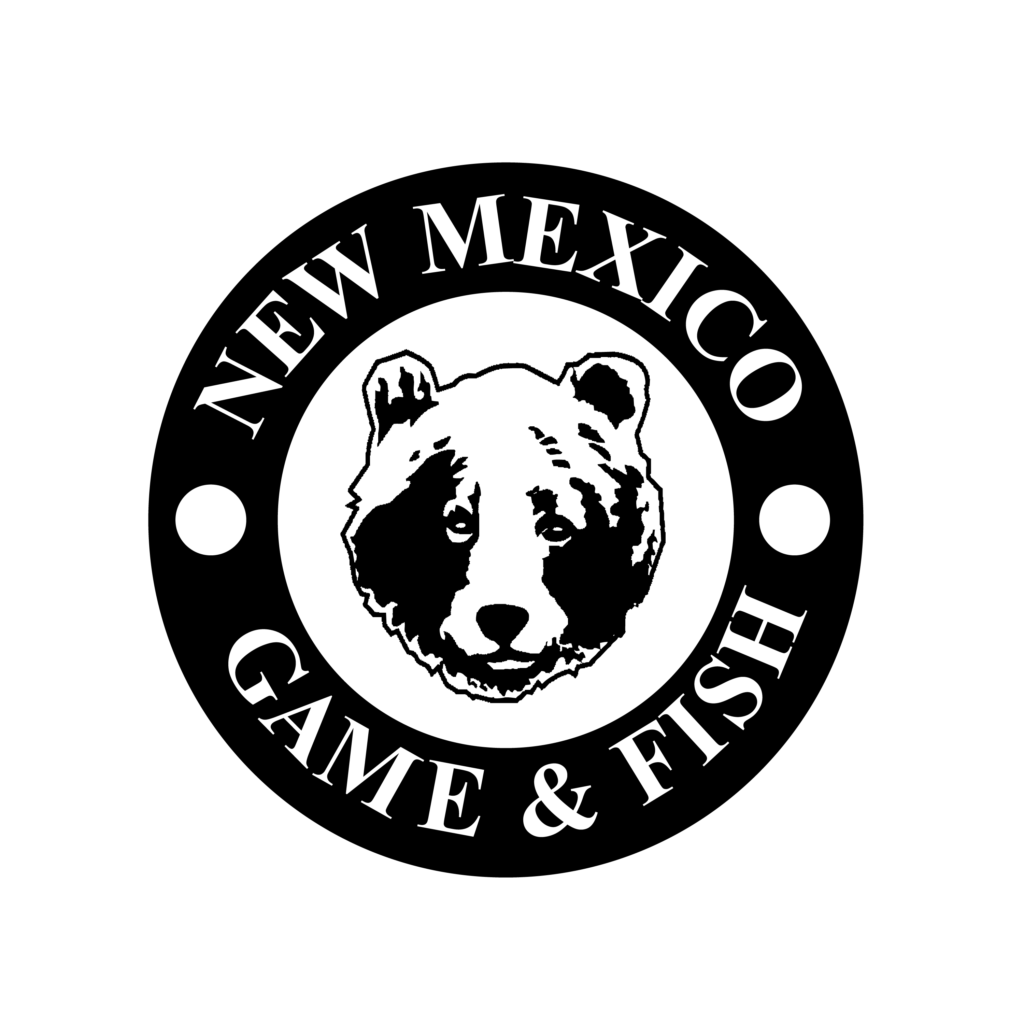
It’s a Fishy World
Wildlife populations continually fluctuate and change with the availability of food, water, shelter, space and other factors. Biologists refer to all of these as potentially limiting factors. Limiting factors are often discussed when speaking about a single species, although one factor may affect many species that share habitats in an ecosystem.
Overview

Green sunfish
Grade level: Grades 3-4 and 5-6
Content Areas: Science, Math, English Language Arts/Literacy/Writing
Objectives:
- Students will discuss the basic habitat components of food, water, shelter and space/cover.
- Students will understand that any changes in the basic habitat components can be considered limiting factors affecting the fish population.
- Students learn the term carrying capacity.
Method: Students are divided into either the fish line-up or the habitat line-up. The students that role-play fish move across a large playing field (indoor gym or outside) to the habitat students and take their needed habitat component of food, shelter or space. Both groups of students make specialized signs with their hands to denote food, shelter and space. They cannot change their sign during a round of play. They may change their signs for each new round of play. Teacher or other student tallies numbers for each round. Students will record each round of the activity as a year and later graph the results to see fluctuations of fish populations from year to year. See procedure for details.
Materials:
Clipboard
paper and pencil to record numbers during activity/or large paper so all can see results/white board
graph paper for student math.
Lesson and Activity Time: One 45 to 50 minute class session for basic activity; additional class time for several extensions.
Location: Indoors or outside in large, open area
Academic Standards: [wpfilebase tag=file id=2350 tpl=filebrowser /]
Background
Vocabulary: Habitat components, Carrying capacity, Limiting factors, Aquatic invertebrates
Background:
Wildlife populations continually fluctuate and change with the availability of food, water, shelter, space and other factors. Biologists refer to all of these as potentially limiting factors. Limiting factors are often discussed when speaking about a single species, although one factor may affect many species that share habitats in an ecosystem .
The number of animals a habitat can support, based on the balance of habitat components is called carrying capacity. For example, the balance of food, water, shelter and space/cover can determine the number of animals the habitat can support. The dynamic nature of habitats and wildlife populations are also impacted by limiting factors such as disease, predator and prey relationships, the local climate, drought, heavy snows or flooding, accidents, pollution, and habitat destruction and degradation. For example, after severe fires followed by intense rain, flooding occurs that further degrades habitats including waterways, killing fish and other gill-breathing organisms.
Wildlife biologists know that there are predictable ranges for species populations. Annual fluctuations are sometimes observed due to the basic habitat components of food, water, shelter and space (cover). This is known as a balance in nature.
In aquatic habitats, such as rivers, streams, ponds, lakes and reservoirs,aquatic invertebrates are the primary food for most freshwater fish. Some predatory fish, such as northern pike, eat other smaller fish. Good water that is not polluted from either natural or human causes will have healthy levels of dissolved oxygen. Cold water can hold more dissolved oxygen than warm water. Cold and warm water fish habitats are found in New Mexico and each is home to specific fish. The New Mexico Fishing Rules and Information booklet, published by the Department of Game and Fish, has color pictures of both cold and warm water fish.
This activity is an effective demonstration for students to grasp some basic wildlife habitat concepts:
- Good habitat–balanced food, water, shelter, space/cover — is critical for wildlife survival.
- Wildlife populations will continue to increase in size until some limiting factors change the balance
- Limiting factors contribute to the fluctuations of wildlife populations.
- Nature is constantly changing and everything is connected in natural systems.
Procedure
- Review the essential habitat components that all fish need: oxygen, food, clean water, shelter and space in a suitable proportion. It is suggested that students have previously participated in the activity Tugging on a Habitat. Remind students of the yarn activity, if Tugging on a Habitat was done another day. Both activities emphasize three of these habitat components: food, shelter and space. For this activity, we assume that the fish have high quality, clean water that is well oxygenated. Cold water fisheries have high levels of dissolved oxygen for gill-breathing fish and aquatic invertebrates.
- Ask students to count off by fours. The “ones” will be the fish in the game. The “twos,” “threes,” and “fours” represent the habitat components of food, shelter or space/cover. Let students know that their roles will change as the activity progresses. When a fish is looking for food, it clamps its fins (hands) over its stomach. If the fish wants shelter, it holds its fins together over its head. If the fish needs space, it shows this by holding its fins up and out in front (like reaching to hug someone). As a fish, students can choose to look for any one of these three habitat components during each round of the activity. However, the fish cannot change what it is looking for during that round of the game. If the fish survives by getting the habitat component it needs, it can change what it is looking for in the next round.
- Students who were twos, threes or fours are the habitat components. Each of these students gets to choose at the beginning of each round which component he or she will be during that round. The students depict the components they represent in the same way that the fish indicate habitat components they are seeking. Hands on stomach is the sign for food. Hands together over head is the sign for shelter. Arms held out for a hug is the sign for space.
- The activity begins with round one. The fish stand behind a fish line on one side of the playing field. At the same time, the habitat components stand behind a habitat line on the opposite side of the playing field. Both the fish and the habitat components (students) turn around so their backs are facing the center of the field. Individually, each makes the sign of their choice without students on opposite sides seeing.
- When the students are ready, say “Go fish.” Then each line (fish and habitat) turn to face each other. Only the fish move, and they must hold their sign as they move toward the habitat to find the same sign (habitat component) that they need. Typically, students will run as they play and you can set criteria for speed and safety as needed. By holding their sign, they are somewhat slowed down. The fish must find their needed habitat component and take that back to their starting area on the field. Then this student also becomes a fish. Any fish that fails to find its needed habitat component then becomes part of the habitat. It is assumed that this fish dies and through decomposition processes, becomes part of the habitat.
NOTE: Habitat components do not move, but stay in place, holding their sign. These students stay in the habitat until a fish tags them and takes them back to the fish line area of the field. For each consecutive round of play, both the fish and the habitat components can change their sign.
- Record the number of fish at the beginning of each round of play. Stop at round 5 to discuss changes. Continue to play for approximately 10 rounds. This will give enough data to create a graph and to see the population fluctuations in action. Teacher records data on large paper or large white board in the field, so the class can discuss right away. This allows on-the-spot conversations.
- Bring students together to discuss what they observed with the fish population fluctuating. For example, students saw a small school of fish begin their lives in the “school pond” with plenty of habitat components to meet all of their needs. Encourage students to explain what happened to the fish population after each round with the habitat having adequate supplies or not enough food, shelter and space for each fish. It is likely that a massive fish kill was observed at some point in the play of rounds. Dead fish decomposed and became a component of the habitat. Help students understand that this cycle of life and death occurs in nature. NOTE: Teachers may choose to cover the carbon and nitrogen cycles that pertain to decomposition. This is optional but it does meet additional NGSS for 5th—8th grades.
- Play a few rounds adding some limiting factors. Listed are a few possible situations: a) A drought has caused the pond water to evaporate and become stagnant. There is less water and less dissolved oxygen for the invertebrates and for the fish. For this round, students in the habitat do not use the space sign.
b) A larger predatory fish has been introduced to the water perhaps by humans. Carp is a common example. This fish can outcompete for food and space and even eat the smaller pond fish. For this round, a student can play in the middle of the pool (playing field) and try to gently tag one or more of the fish-students as they move to the habitat.
c) Two students play on the perimeter of the field and act as anglers. The use soft Nerf foam balls to try to hit the fish-students as they move to the habitat.- Using a flip chart or white board, guide students with a graph activity. Students need to also draw their own graph with the numbers recorded during the activity. The number of fish at the start of each round should be placed on the “y” axis, and the year (each round represents a year) on the “x” axis. Students will then see this visual interpretation of what they experienced playing the activity, as the fish population changed over time.
- Guide students in understanding and discussing this natural process. As long as factors that limit the population (limiting factors) do not become excessive, most fish continue to successfully reproduce. Students can see from their graphs that the fish population will peak, decline and rebuild in a repetitive cycle—as long as there is good habitat and sufficient numbers of fish to reproduce successfully.
- Discuss the realistic and unrealistic aspects of the activity. For example, fish that do not survive do become recycled as nutrients, but it is not an instantaneous process. Ask students to summarize what they learned during this activity. What do fish and/or all wildlife need to survive? How do the habitat components influence the carrying capacity of the habitat? (See background information). What are some of the limiting factors that affect wildlife survival? How do factors that limit carrying capacity affect the health, numbers, and distribution of fish/wildlife? How do these factors affect competition with species? Is nature ever really in balance or are natural systems involved in a process of constant change? Younger grades could do journal responses to the activity.
Extension
- If students struggle with these questions, allow them to conduct research to find answers and report back to the whole class. Students can also search online dictionaries for key terms used in the activity. www.onelook.com directs you to several online dictionaries. Students can meet several Common Core Standards in ELA/Literacy by doing additional research using textual evidence.
- Ask students to synthesize and transfer what they have learned about fish habitat carrying capacity to another wild animal of New Mexico. Students can do additional research if needed and write a paper about another animal such as mule deer, antelope, black bear, pinyon jay, scaled quail, collared lizard, box turtle, etc. Additional information on New Mexico wildlife can be obtained from the BISON-M database.
- Ask students to research freshwater food webs to learn more about aquatic invertebrates and good water quality. The NM Department of Game and Fish has an aquatic field trunk that can be checked out by schools. See Conservation.
Mathematics Extension:
Students use a calculator to determine the volume of the playing field—“school pond.” Teachers give students a likely depth to use in calculations. Ponds can be 20 to 30 feet deep. This calculation will be an approximation as most ponds are shallow on the edges. However, most of the fish will be in the deeper water. Compare space available per fish for each round. Students may also calculate the area of their playing field. For higher grades, students may consider volume and proportion for adequate amounts of resources that fish need; also, ratio and proportionality regarding resources.
NOTE: State fish hatcheries can offer information about these math calculations. Also, all of the NM State Fish Hatcheries have kits and a lesson guide, called Kids to Hatcheries. This teacher guide has pre and post lessons for hatchery visits. It also has six math questions (and answer key) that hatchery staff need to calculate for the raised fish. We encourage teachers to check out this kit and to visit a hatchery with their students The Santa Fe main office also has the kit to check out. Call 476-8095.
Credits:
Adapted from U.S. Fish and Wildlife Service program, Biologist in Training, BIT and activity, “Go Fish”
Also adapted from Project WILD activity, “Oh Deer”
New Mexico State Fish Hatcheries:
Glenwood Hatchery, Glenwood, NM 575-539-2461
Brood fishing pond-raises rainbow trout
Lisboa Springs Hatchery, Pecos, NM 505-757-6360
Show pond with large rainbow trout-raises rainbow trout, Monastery Lake is nearby for fishing.
Los Ojos Hatchery, Los Ojos, NM 575-588-7307
Raises kokanee salmon and rainbow trout, Burns Canyon Lake is nearby.
Red River Hatchery, Questa, NM 575-586-0222
Show pond with large rainbow trout-raises rainbow trout, youth only fishing pond is nearby.
Rock Lake Hatchery, Santa Rosa, NM 575-472-3690
Raises rainbow trout, walleye, largemouth bass, channel catfish
Seven Springs Hatchery, Jemez Springs, NM 575-829-3740
Brood fishing pond on site-raises Rio Grande cutthroat trout
See also our Fish Hatcheries page on the website.

